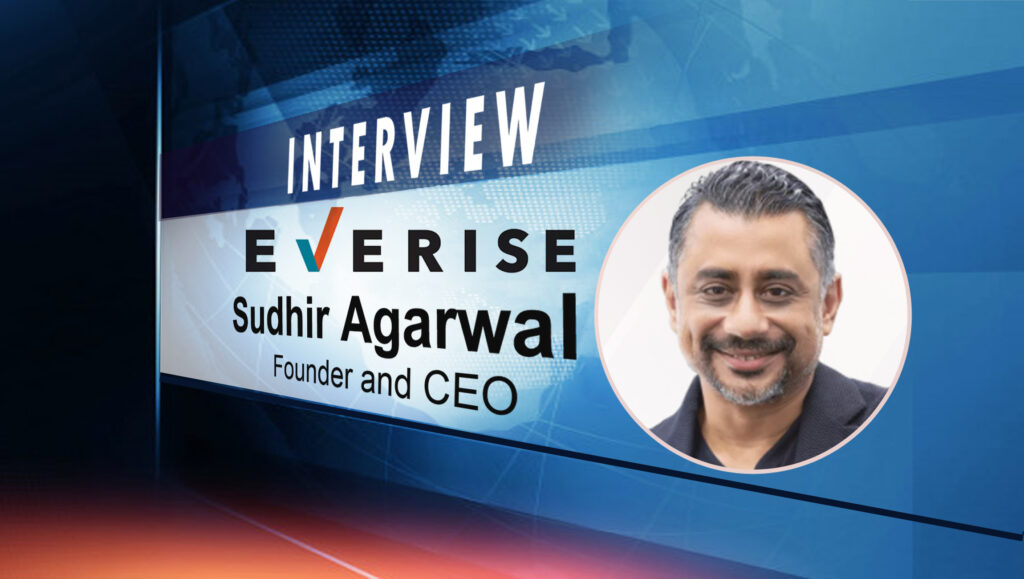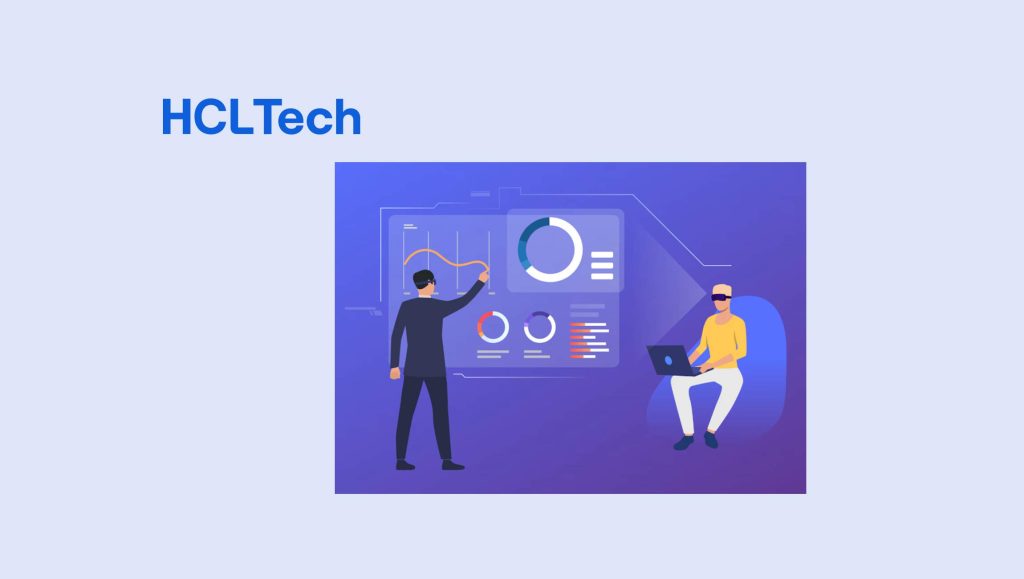Sudhir Agarwal, Founder and CEO at Everise shares his thoughts on the impact of AI in call centers today while diving into a few top customer expectation trends in this quick chat: _______ I started Everise in 2016 after spending more than two decades working in the business process optimization (BPO) industry. During which time, I witnessed more and more customers engage with brands on digital channels, while traditional contact centers could not keep up. My vision was to create a technology-enabled outsourcing firm that could deliver the best possible customer and product experiences for high-growth businesses to support and grow their brands digitally. Since founding Everise, we have made multiple acquisitions and joint ventures, along with achieving strong organic growth, that today make us a leading digital outsourcing firms, with expertise transforming healthcare and technology experiences globally. We help some of the brand’s you use every day to perfect, protect, support and grow their products and services. Currently we support over 45 brands and operate in seven countries in North America, Europe and Asia, and employ 11,000 employees. Read More: Oro Inc. Launches OroMarketplace to Drive Multichannel B2B Sales Growth for Businesses For decades, the outsourced customer experience industry has leveraged technology to make processes more efficient – from directing customers to the first available agents (first generation call routing systems) to interactive voice response (IVR) systems that you and I still use today. However, as customers are demanding a better experience from brands, across more digital channels, the industry is evolving to meet these demands with AI, automation, and deep analytical tools. For example, AI-powered customer assistants that use natural language understanding (NLU) and sentiment analysis can offer customers access help 24-7; predictive call routing, which relies on analytics and AI matches callers with specific customer personality models therefore routing them to agents who can handle those personality types; and; as more of our customer and product support agents work from home, we have AI that helps drown out background noise so that the conversation can be focused on the customers, as well as facial recognition technology that ensures that the agent is complying with stringent data collection policies. These are just a few innovative solutions that we use to help our customers take their experiences from good, to great. Another example, which we recently won Best AI-based Solution for Customer Service from the AI Breakthrough Awards, was our Everise DX chatbot and IVR (interactive voice response) solution which helped a huge wholesale club client cut through long IVR workflows and manage spiking call volumes in a human way. Companies more than ever are being forced to adjust their business models and adapt to the new market reality because of digital transformation. The interesting thing about this is that the transformation is not driven by corporations but rather by consumers. It is their journey that is dictating strategy. Businesses must embrace technology to keep up with the “always connected” consumer, but some companies struggle to transform and adopt new technologies. Omnichannel cloud contact center technology that connects customers on any channel to agents in different parts of the world, is an example of how brands can support and empower this new always connected consumer. I also find that companies are just recently starting to put their employees at the forefront of their CX strategy. Customer service representatives interact with consumers every day, making them important resources for investigating the consumer’s journey as well as delivering a highly satisfactory experience. We always talk about how customer retention is more cost-effective than customer acquisition. This illustrates the importance of customer service to a business, and how important the employee experience contributes to that factor. Although virtual sales – where sales teams engaged with customers virtually – have been around for years, Covid-19 has drastically pulled that adoption forward. B2B enterprises previously looked at this as a low-cost way to deal with lower-value accounts, but now with more sophisticated and affordable digital tools, we see businesses shifting to virtual channels for more intricate buying cycles. When it came to selling big-ticket items to enterprise clients, a sales rep and a product specialist were traditionally attached at the hip, but now businesses are increasingly providing in-person coverage only when the customer demands it. This increases the nimbleness and responsiveness of the entire sales process while also lowering costs. Finding that right balance between a human and technology touch takes the optimal balance of digital, phone, and live rep sales — the perfect mix of AI and in-person connection when high-touch expertise is needed. AI’s impact is everywhere — the future is now. Modern AI — more specifically, “narrow AI,” which performs objective functions using data-trained models and often falls into the categories of deep learning or machine learning — has already impacted practically every major business. Consider industries like transportation and autonomous cars, healthcare, and virtual nursing assistants to monitor patients, and education and digitized textbooks to assist teachers with facial analysis to gauge emotions of students to determine who is struggling, or bored. These examples are just the beginning of what we will see in the future HealthTech is another big sector making its way to the main stage. According to a recent LinkedIn News poll, 74% of participants believe that telemedicine would remain popular with consumers beyond the epidemic. Companies that provide easy access to health services to consumers, particularly elderly, will become more important to the healthcare ecosystem. Offering a 24/7 AI-powered “companion” capable of intelligently integrating with wearables and telehealth support, for example, can give vulnerable populations a new sense of independence, dignity, and peace of mind, while also giving their loved ones’ peace of mind, and supporting proactive healthcare management and maintenance. But as more customers have moved online, one major challenge that businesses are currently facing is decreasing level of customer trust on digital platforms. AI is able to support the behind the scenes tasks, like content moderation and fraud detection, that help protect our customers users. As we take our first cautious steps back into a growing in-person economy, customers’ new priorities, which were moulded by the degree of uncertainty, fear, and turmoil, will be solidified (or potentially lost) depending on how well businesses comprehend those new priorities and customer sentiments. These factors will influence not only what people purchase, but also how they purchase it. To reflect a consumer’s new habits and preferences, your customer journey must evolve. Sales and Marketing need to be customer-centric, not company-centric. However, most customer journeys in the eyes of the company remain focused on company results, also known as “the funnel.” There is greater choice today, and because of the democratization of new contact channels, it is more critical than ever that the customer journey isn’t bound to individual touchpoints. People will always find impulses and whims enticing. They may make purchase decisions due to FOMO (fear of missing out) — and companies need to offer flexible journeys based on need-points. Importantly though, the pandemic has led many consumers to deeply examine their needs and wants and they will rely on those much more for considered brand interactions going forward. Brands should measure and optimize experiences that enable their customers to progress across need-points, rather than touchpoints. When combined with prioritizing the value of offering great experiences companies can build brand value and loyalty for the long term. Read More: SalesTechStar Interview with Nikhita Hyett, MD, Europe at BlueSnap Everise is a technology-enabled outsourcing firm with expertise in transforming healthcare and technology experiences. Sudhir Agarwal is the Founder and CEO at Everise.Hi Sudhir, we’d love to hear about your journey through the years…tell us more about Everise and how it’s evolved over the years? What inspired the platform?
How are you seeing the call center experience today being redefined with AI driven technologies? Can you highlight some innovative ways in which customer call centers are evolving because of this?
What are some of the biggest customer experience trends in today’s marketplace that you still feel teams are finding challenges in implementing seamlessly?
In a digital selling environment, how can marketing and sales create that right balance between a human customer rep and chatbot?
Take us through a few top predictions in mind for AI in tech?
A few thoughts on what you feel today’s sales and marketing leaders need to do differently to create stronger customer journeys today?

Catch more tips from the latest episodes of The SalesStar Podcast!





















